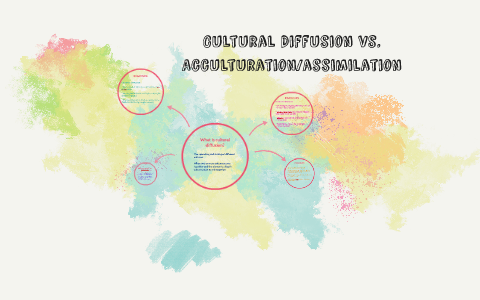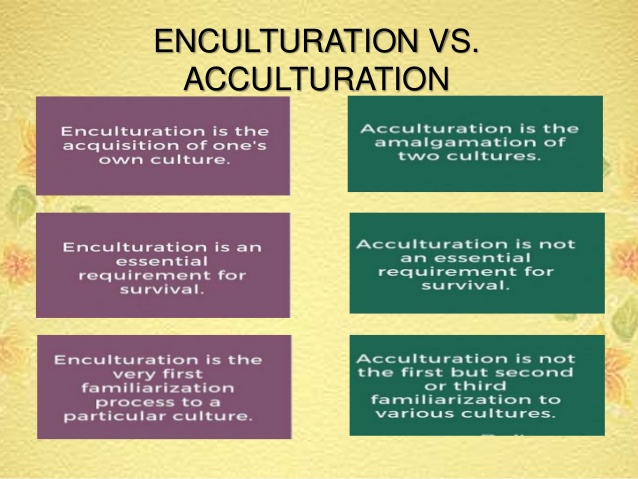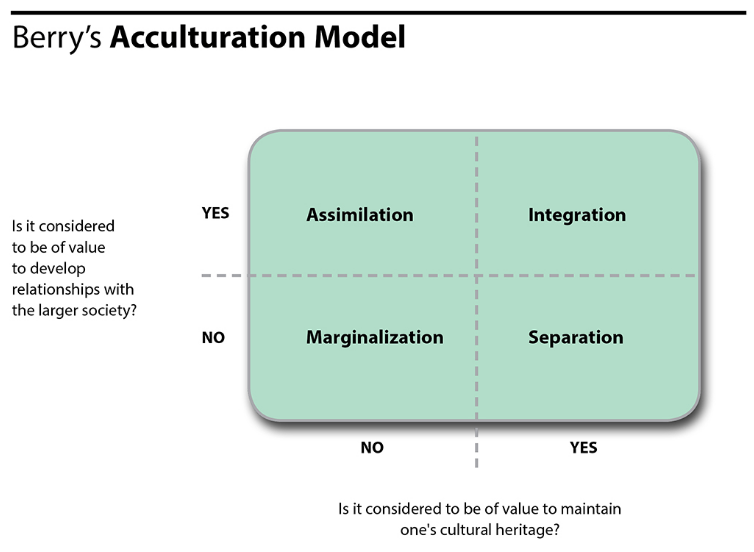Cultural acculturation refers to the process by which an individual or group adopts the customs, values, and beliefs of a new culture. This can occur through various means, such as immigration, colonization, or simply by living in a diverse cultural environment.
Acculturation can be a challenging process, as it often involves leaving behind familiar cultural practices and adopting new ones. It can also involve dealing with prejudice or discrimination from the dominant culture, as well as struggles with maintaining one's own cultural identity while assimilating to a new culture.
There are several different models that have been proposed to describe the process of cultural acculturation. The most well-known is the Berry model, which identifies four different ways in which individuals may acculturate to a new culture: integration, assimilation, separation, and marginalization.
Integration refers to the process of adopting elements of the new culture while still maintaining a strong connection to one's own cultural identity. This can involve finding a balance between the two cultures and finding ways to incorporate both into one's daily life.
Assimilation, on the other hand, involves fully adopting the values and beliefs of the new culture and giving up one's own cultural practices and identity. This can be seen as a more extreme form of acculturation, as it involves a complete adoption of the dominant culture.
Separation refers to the process of maintaining a distinct cultural identity while living in a new cultural environment. This can involve seeking out communities of people with similar cultural backgrounds or participating in cultural activities that help to maintain a connection to one's own culture.
Marginalization refers to the process of being excluded or isolated from both the dominant culture and one's own cultural group. This can occur when an individual or group is not fully accepted by either culture and is left on the margins of society.
Cultural acculturation can have both positive and negative impacts on individuals and groups. On the positive side, it can provide access to new opportunities and experiences, as well as a greater understanding and appreciation of other cultures. On the negative side, it can lead to the loss of cultural identity and the feeling of being disconnected from one's own cultural roots.
Overall, cultural acculturation is a complex and multifaceted process that involves both the adoption of new cultural practices and the maintenance of one's own cultural identity. It can be a challenging process, but one that can also lead to personal growth and a greater understanding of the world around us.









